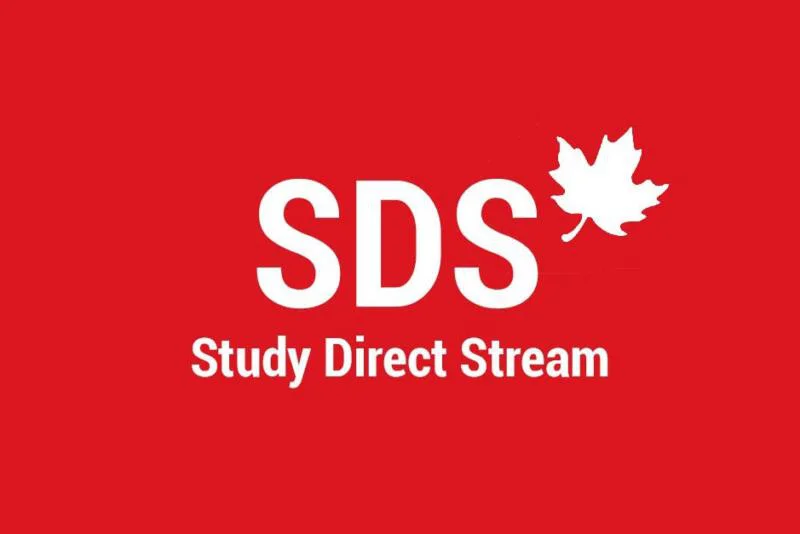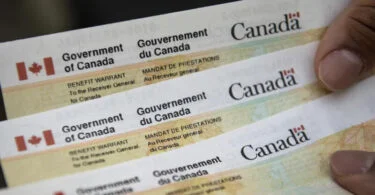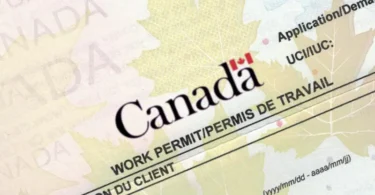Are you tired of going through complex visa processes and not sure of the best direction to study in Canada? Investigate this article to understand the SDS and non-SDS visas in Canada. The article aims to ensure the procedures by the end of this writing and be able to carry out educated judgments.
Table of Contents
Meaning Of SDS Canada (Student Direct Stream)
The SDS Canada (Student Direct Stream), previously known as the Student Partner Program (SPP), facilitates the study visa procedures for students applying for a Canada Study Permit.
It is obtainable to qualified students from foreign nations who must satisfy certain conditions set by Immigration, Refugees, and Citizenship Canada (IRCC) to study in Canada.
The Requirements For SDS Canada Visa
Mentioned below are the qualification conditions for Student Direct Stream Visa Canada for quicker processing via the Student Direct Stream (SDS):
- Residency: You are required to be a lawful resident of one of the qualified nations stipulated by the Canadian authority. The Student Direct Stream Canada Visa mentions nations, which include Vietnam, Antigua and Barbuda, Trinidad and Tobago, Brazil, Saint Vincent and the Grenadines, China, Senegal, Colombia, Phillippines, Costa Rica, Peru, India, Pakistan, and Morocco.
- Get a letter of acceptance from a designated learning institute.
- Reimburse the tuition payment for the first session and offer evidence of payment.
- Possess a Guaranteed Investment Certificate (GIC), which will be owned until you land in Canada.
- Satisfy the English language skill conditions, indicated via an IELTS scorecard (Academic or General) authentic for 24 months from the Student Direct Stream date of application.
- Quebec Acceptance Certificate (CAQ): If you intend to attend school in Quebec, you must have a confirmation of the provision of your Quebec Acceptance Certificate from the Ministere de l’Immigration, de la Francisation et de l’Integration.
Document Checklist For SDS Canada
- Formal educational transcripts
- Undergraduate program or advanced diploma
- Statement of purpose
- English skill exam scores
- Offer letters from Student Direct Stream institutions.
- Guaranteed Investment Certificate (GIC)
- Digital pictures
- Evidence of past employment skill
- Tuition payment receipt
- Evidence of relevant medical exams
- Visa application payments
Application Procedure For SDS Canada
Below is a step-by-step application procedure for SDS Canada.
Step 1: Prepare for your application and ensure you can access a camera or scanner to generate electronic duplicates of your documents.
Step 2: You are required to provide your biometrics in several situations. To ensure quicker processing, reimburse the biometric payment when you present your request online. The charge for the biometric request is CAD 150 for each individual, and an extra payment of CAD 85 is also relevant.
Step 3: Go to the official webpage and choose the nation or territory you apply to. Observe the directions for your visa office and develop an account to make an online application.
Step 4: Complete the online request form, focusing on correct and completeness. Attach all the relevant documents as directed.
Step 5: When your request is concluded, present it online together with the needed payments. Comply with any extra directions offered by your visa office.
Step 6: When the processing is concluded, you will get a judgment on your Student Direct Stream request. If endorsed, you will get your study permit.
Processing Time For SDS Visa
The Student Direct Stream (SDS) provides international students a quicker visa processing timeline.
- Rather than the standard 2 to 3 months, SDS permits students to get their visa between 4 to 6 weeks.
- Qualified students who satisfy the measures can have their requests run within 20 days.
Student Direct Stream offers an expedited visa processing alternative for international students applying for study permits.
Meaning Of Non-SDS (Non-Student Direct Stream)
The non-SDS classification is a common alternative for visa requests to study in Canada. It is available to applicants who do not satisfy the qualification measures of the Student Direct Stream program. Under the non-SDS technique, additional documents may be needed to support the request.
The Non-SDS Canada Visa Requirements
- Students are required to offer official transcripts beginning from their class 12 test
- For the undergraduate program, a total of 55% is needed.
- Postgraduate or progressed diploma programs need at least 50%
- Letter Of Acceptance: Students are required to get a letter of acceptance from a Designated Learning institution in Canada.
- English Language Skill: Students are required to satisfy the Non-SDS Canada IELTS score.
- 6.0 for undergraduate courses
- 6.5 for postgraduate courses
- TOEFL and PTE points are also approved
- Half Tuition Payments: Rather than reimbursing the total tuition payments upfront, students can pay fees to the designated learning institution for the first six months and offer evidence of financial strength.
- Statement Of Purpose: A well-written statement of purpose is essential for SDS and non-SDS requests. It must concentrate on the selected program, background records, applicable accomplishments, and motives for studying in Canada.
Document Checklist For Non-SDS Visa Canada
- Official educational transcripts
- Undergraduate program or advanced certificate
- English skill exam scores
- Visa request payments
- Offer letter from Non-SDS institutions
- Evidence of employment skill and payslips
- Evidence of funds
- Income Tax Return Documents/Form 16
- Receipt of tuition payments
- Evidence of medical exams
Application Procedure For Non-SDS Visa Canada
Below is the step-by-step application procedure for non-SDS Canada
Step 1: Access CIC Canada’s official webpage and log in using your particular GCKey user ID and password. Approve the given terms and conditions and conclude the relevant identification authentication procedure.
Step 2: Start your request and log in to the assigned private reference code. If you do not have the code, assess your qualifications by answering the given questions and continue with the online application. Save your progress and leave the questionnaire as required.
Step 3: After the conclusion of every question, a notice will demonstrate your qualification status. If you satisfy the conditions, continue with the next stage.
Step 4: Adequately check all your details to ensure they are complete.
Step 5: Confirm your private checklist and ensure that you possess all the needed documents. If relevant, attach any omitted conditions.
Step 6: Present your ultimately concluded request.





